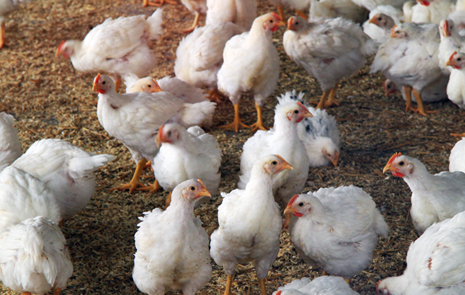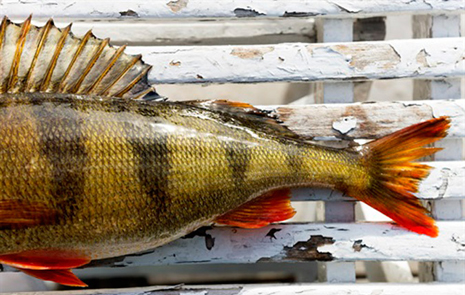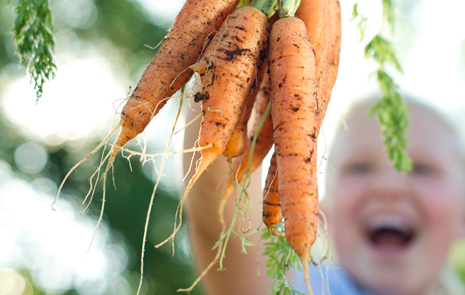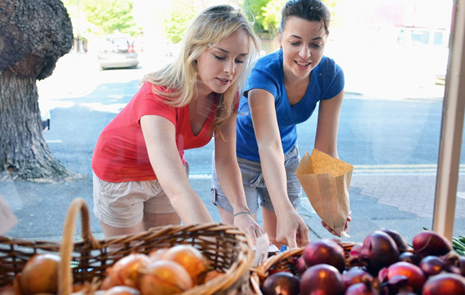Edible fats

Edible fats are often made from a mixture of different fats, such as rapeseed oil, sunflower oil, palm oil and butter. Liquid margarines and reduced-fat spreads made from rapeseed oil contain healthy unsaturated fat, including omega-3 fat, which is good for the health. Olive oil also contains unsaturated fat.
Butter and palm oil, though, contain only a little unsaturated fat but a lot of saturated fat, which increases the risk for cardiovascular diseases.
Different edible fats affect the environment to varying degrees. Rapeseed oil, along with margarines containing a lot of rapeseed oil, and olive oil generally affect the environment less than palm oil.
If you are interested in knowing which vegetable oils and fats are included in the foodstuff take a look at the ingredient list on the package.
Did you know...
...that a lot of oil palm cultivation is done on land that used to be rainforest? This negatively affects both the climate and plant and animal life.
...that butter generate more greenhouse gases than rapeseed and olive oil? This is in part due to the fact that butter comes from cows and they release large quantities of methane.
Effect on the climate
The greenhouse gas emissions caused by edible fats come mainly from the change of land use, the use of fertilisers in cultivation and the energy used in production and transportation.
Oil palms are often planted on land that was previously forest. When rainforests are cleared and the land is then used for cultivation, large quantities of greenhouse gases are released. Thus, palm oil can have a considerably greater impact on the climate than rapeseed and olive oil. Today, there are some certified oil palm plantations where cultivation is carried out in a sustainable manner, but they are still few in number.
Butter is the cause of more greenhouse gases than rapeseed and olive oil. This is in part due to the fact that butter comes from cows and they release large quantities of methane.
Transportation can also generate greenhouse gases. How great an impact it has depends on how far, how efficiently and by what transport method the product is shipped. Transportation by train and boat results in lower emissions than long distances by truck.
The use of pesticides
The use of pesticides and their environmental impact depends on the quantity used, the way they are handled and the type of agent used. This, in turn, depends on the cultivation technique and climate factors. Smaller quantities of pesticides are generally used in rapeseed cultivation than in the cultivation of olive trees and oil palms, and the products used are also often less toxic.
In countries with a colder climate, the problem of pests and diseases is often less significant, so that, in general, smaller quantities of pesticides are used than in warmer countries. Chemical pesticides are not used in organic production, which contributes to a non-toxic environment. It can, however, lead to lower yields.
The effect on the agricultural landscape and plant and animal life
Rapeseed makes a good so-called break crop for cereals, as it provides variation in the cultivation and thus can contribute to a rich agricultural landscape. By switching between different crops, the farmer also reduces diseases and pests, which means that the use of pesticides can also be reduced.
Pollinating insects like bees and bumblebees can benefit from rapeseed cultivation. This assumes that the rapeseed is not sprayed with insecticide during blooming, something that is forbidden in Sweden. Rapeseed cultivation can in that case contribute to a rich diversity of plant and animal life.
Olive trees and oil palms are often grown in large, intensive monocultures. The method of cultivation and the use of pesticides result in considerable soil erosion, which is unfavourable for plant and animal life.
Butter can indirectly contribute to a varied agricultural landscape and a rich diversity of plant and animal life, such as when dairy cows graze on land that needs to be kept open to ensure variation in the landscape. Biodiversity is thus preserved.
This information has been compiled in cooperation with the Swedish Environmental Protection Agency.





